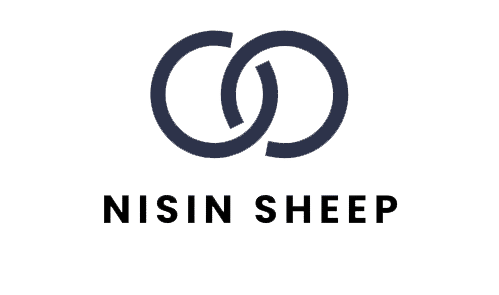You’ve meticulously planned your Saturday: 6:30 AM wake-up, 7:00 AM gym session, 9:00 AM grocery shopping, 10:30 AM deep-clean the kitchen, 1:00 PM work on that side project, 3:00 PM read 50 pages, 5:00 PM… and the list goes on. By 11:00 AM, you’re exhausted, overwhelmed, and haven’t left the couch. You’ve just fallen victim to a “schedow.”
A portmanteau of “schedule” and “overdose,” schedow is a term born from internet culture that describes the act of overloading one’s schedule to an impossible degree, leading to paralysis, burnout, and a sense of failure. It’s not just being busy; it’s the performative act of planning for a level of productivity that is unsustainable, ultimately creating the opposite of the intended effect.
The Anatomy of a Schedow
A schedow isn’t an accident; it’s a specific pattern of behavior. Key characteristics include:
- The Illusion of Control: Creating a jam-packed schedule can feel like taking charge of a chaotic life. The act of planning provides a temporary hit of dopamine, making you feel productive before you’ve even begun.
- Back-to-Back Blocking: Every minute of the day is accounted for, with no buffer time for transitions, unexpected interruptions, or, crucially, rest.
- Optimism Bias: In the calm of the planning phase (often the night before), we drastically underestimate how long tasks will take and overestimate our energy levels. That “quick” email check is never quick.
- The All-or-Nothing Mindset: The schedule is a perfect, rigid castle. The moment one task is missed or takes too long, the entire structure feels like a failure, leading many to abandon the entire day.
Why Do We Give Ourselves a Schedow?
The rise of schedow is deeply intertwined with modern pressures.
- Hustle Culture: We live in a society that glorifies being “always on.” A blank space in a calendar can feel lazy or unproductive, so we fill it with tasks to validate our worth.
- The Performance on Social Media: Platforms like Instagram and TikTok are filled with “that girl” aesthetics and “5 AM routine” videos that showcase hyper-structured lives. This creates an unrealistic benchmark, making a normal, flexible day feel inadequate.
- Digital Planning Tools: While designed to help, apps like Notion, Google Calendar, and Trello can inadvertently enable schedowing. The ease of creating colorful, time-blocked schedules can turn planning into a hobby divorced from reality.
- Anxiety Management: For some, the anxiety of an unstructured day is worse than the anxiety of an overwhelming one. A schedow is a misguided attempt to quiet the fear of wasted time.
The Consequences: From Ambition to Burnout
The immediate effect of a schedow is often paralysis. Faced with an intimidating list of tasks, the brain’s response can be to shut down—hello, procrastination scroll through your phone. This leads to a cycle of guilt and self-criticism, reinforcing the feeling that you are not disciplined enough.
Long-term, chronic schedowing is a fast track to burnout. It depletes mental energy, kills creativity (which often thrives in unstructured time), and turns life into a relentless checklist, stripping away joy and spontaneity.
How to Recover from a Schedow Habit
Breaking the cycle requires a shift from performative planning to sustainable productivity.
- Embrace The “One Thing” Rule: Instead of listing 20 tasks, identify the one most important thing you need to accomplish each day. If you do that, the day is a success.
- Time Block for Reality, Not Fantasy: Schedule your top 2-3 priorities and then block out large chunks of “flex time” or “buffer time” for the inevitable overflow and interruptions.
- Schedule Breaks and Downtime: Literally write “Do Nothing,” “Rest,” or “Free Time” into your calendar. This legitimizes rest as a necessary part of your day, not a failure.
- Practice the 80% Rule: Only plan to about 80% of your capacity. This leaves room for life to happen without derailing your entire plan.
- Reflect and Adjust: At the end of the week, review your schedule. What did you consistently overestimate? What did you ignore? Use this data to create more realistic plans going forward.
The Bottom Line
A schedow is a well-intentioned lie we tell ourselves—that we can optimize our way to a perfect life by sheer force of scheduling. True productivity, however, isn’t about doing more; it’s about doing what matters consistently and sustainably. It’s about progress, not performance. So the next time you feel the urge to color-code every minute of your day, take a breath. Leave some white space on the calendar. Your sanity will thank you for it.

